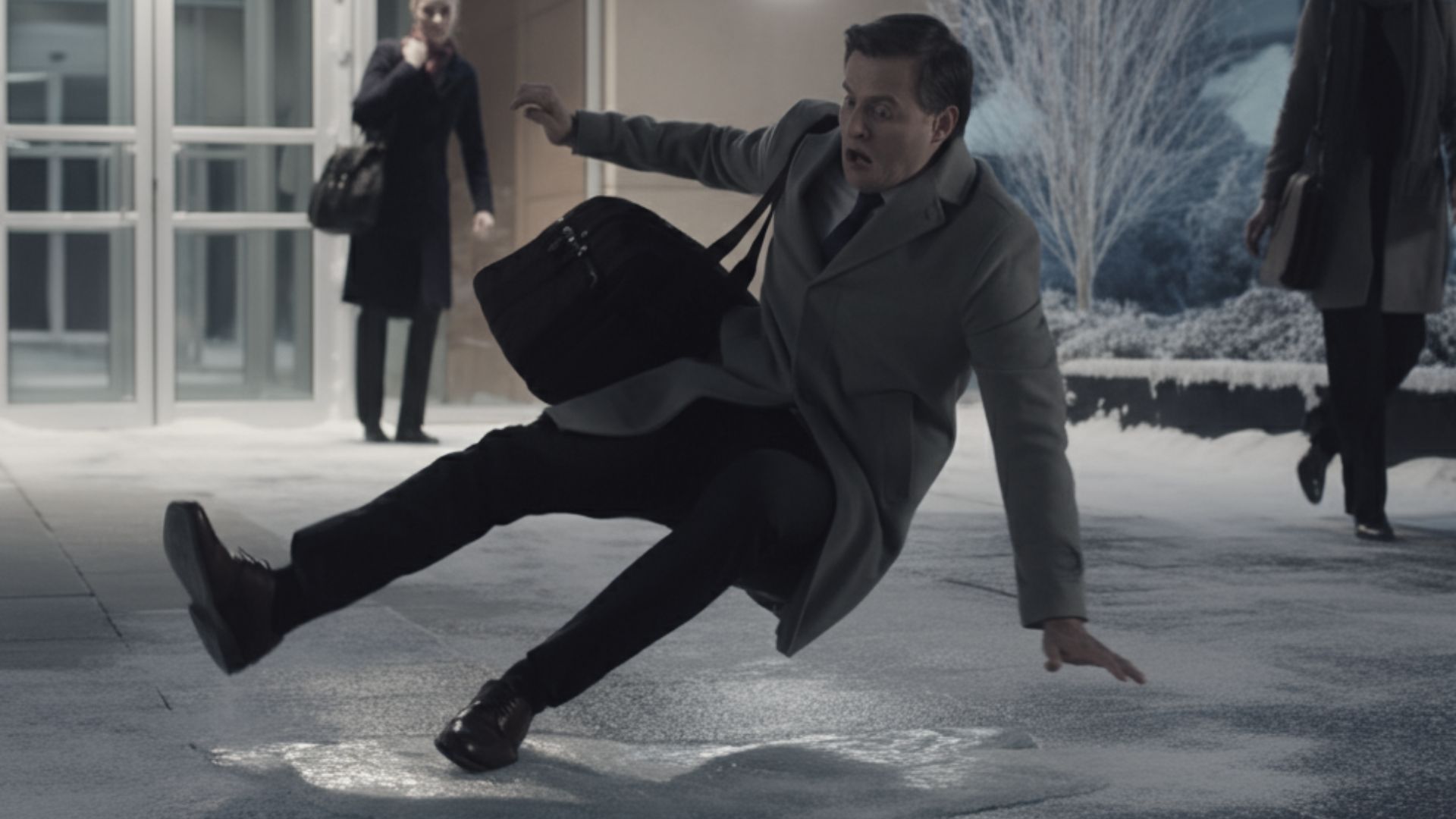Workplace Injury Trends 2024: Key Insights from Texas Mutual
Texas Sees a 13% Decline in Serious Workplace Injuries
Texas Mutual’s latest data reveals a noticeable 13% drop in serious workplace injury claims throughout 2024 compared to the previous year. This decrease reflects the success of focused safety measures across various industries, although there remain areas that demand urgent attention. Here’s a detailed breakdown of the trends, incidents, and proactive steps businesses can take to enhance workplace safety.
Major Declines in Injury Claims by Industry
The report highlights notable reductions in several key sectors. The transportation industry saw the largest drop at 29%, followed closely by mining with a 24% decrease. Business services experienced an impressive 45% reduction, while the construction sector, despite maintaining the highest volume of claims, still achieved a 20% decline.
Within construction, specific roles showed even more significant improvements. Electrical contractors recorded a 46% drop, and power and communication line construction projects reported an extraordinary 71% decrease. Such achievements underscore the effectiveness of targeted safety initiatives, including enhanced training protocols and the use of advanced protective equipment.
However, not all the numbers trended downward. Framing contractors faced an alarming 200% surge in claims, primarily due to falls from heights. Over half of the reported incidents in this group stemmed from slips, trips, and falls—an indication that basic safety precautions like proper ladder usage and fall arrest systems still need reinforcement.
Rising Concerns in Manufacturing and Hospitality
On the other side of the spectrum, heavy manufacturing saw a concerning 14% increase in serious injury claims. The hospitality sector faced an even steeper rise of 41%, with workers reporting incidents ranging from motor vehicle accidents to burns. These injuries were heavily concentrated among employees with less than six years of experience, showcasing the importance of continued education and monitoring for new workers.
Texas Mutual noted that the return of nighttime motor vehicle accidents after their absence in 2023 was particularly troubling. Tragically, 50% of these crashes resulted in fatalities, underscoring the need for rigorous vehicle maintenance and driver preparedness.
Real-Life Incidents Highlight Persistent Risks
The Texas Mutual report also detailed real-world examples of common workplace accidents, offering both insight into these risks and strategies to address them.
Vehicle Rollovers
One employee transporting a heavy load lost control of their truck on a curve, resulting in a rollover. Another instance involved a work vehicle’s tire blowout, which led to a similarly catastrophic outcome. Rollovers remain one of the most perilous types of vehicular incidents, often leading to severe injuries or fatalities.
Prevention Strategies:
- Conduct regular vehicle inspections, focusing on tire tread and pressure.
- Practice distraction-free driving and adjust speeds for road and weather conditions.
- Encourage drivers to rest when fatigued and stay alert to their surroundings.
Slips on Ice
Ice-related injuries are a recurring hazard during winter months. For example, one worker suffered an injury after slipping on ice while entering their building. Another slipped in a parking lot, emphasizing that these accidents can occur inside and outside the workplace.

Prevention Strategies:
- Equip employees with footwear offering good traction and establish designated pathways for walking, particularly during icy conditions.
- Encourage employees to slow their pace and take deliberate steps in potentially slippery areas.
- Train teams to report icy surfaces promptly to ensure timely remediation.
How Texas Trends Compare to Broader Workplace Safety Data
Nationally, workplace injuries are showing gradual improvement, with many industries adopting enhanced safety technologies and training modules. However, the challenges specific to Texas—such as framing contractor risks and inexperienced workers in the hospitality sector—reflect broader gaps in industries that typically experience high turnover or hazardous environments.
For example, data from the National Safety Council reveals that slips, trips, and falls accounted for 16% of all workplace injuries nationwide in 2024, aligning with trends seen in Texas framing and manufacturing claims. Similarly, motor vehicle accidents remain one of the leading causes of workplace fatalities in the U.S., mirroring the revived issue in Texas hospitality.
Proactive Safety Measures for Employers
To effectively address these evolving risks, businesses can adopt several practical and proactive safety strategies:
-
Prioritize Routine Inspections: Regularly inspect vehicles, equipment, and workspaces for potential hazards. For instance, preventive maintenance of fleet vehicles could drastically cut back on rollovers and tire-related accidents.
-
Enhance Training, Especially for New Employees: Industries experiencing high injury rates among employees with less than six years of experience—such as hospitality—should focus on comprehensive onboarding programs. Topics should include risk awareness, emergency response protocols, and proper use of safety gear.
-
Implement Fall Prevention Measures: Following construction trends, companies should enforce the proper use of fall protection systems, provide regular ladder safety training, and ensure scaffolding meets required safety standards.
-
Monitor Weather Conditions: Winter months demand specific caution. Supply proper footwear, maintain clear pathways, and train employees to recognize hazardous conditions, particularly those involving ice or snow.
-
Foster a Safety-First Culture: Encourage employees to report problems swiftly, reward adherence to safety practices, and foster an environment where accident prevention is a shared responsibility.
By aligning their practices with data-driven insights such as those provided by Texas Mutual, businesses can minimize risks, protect their workforce, and create safer environments for employees to thrive.


